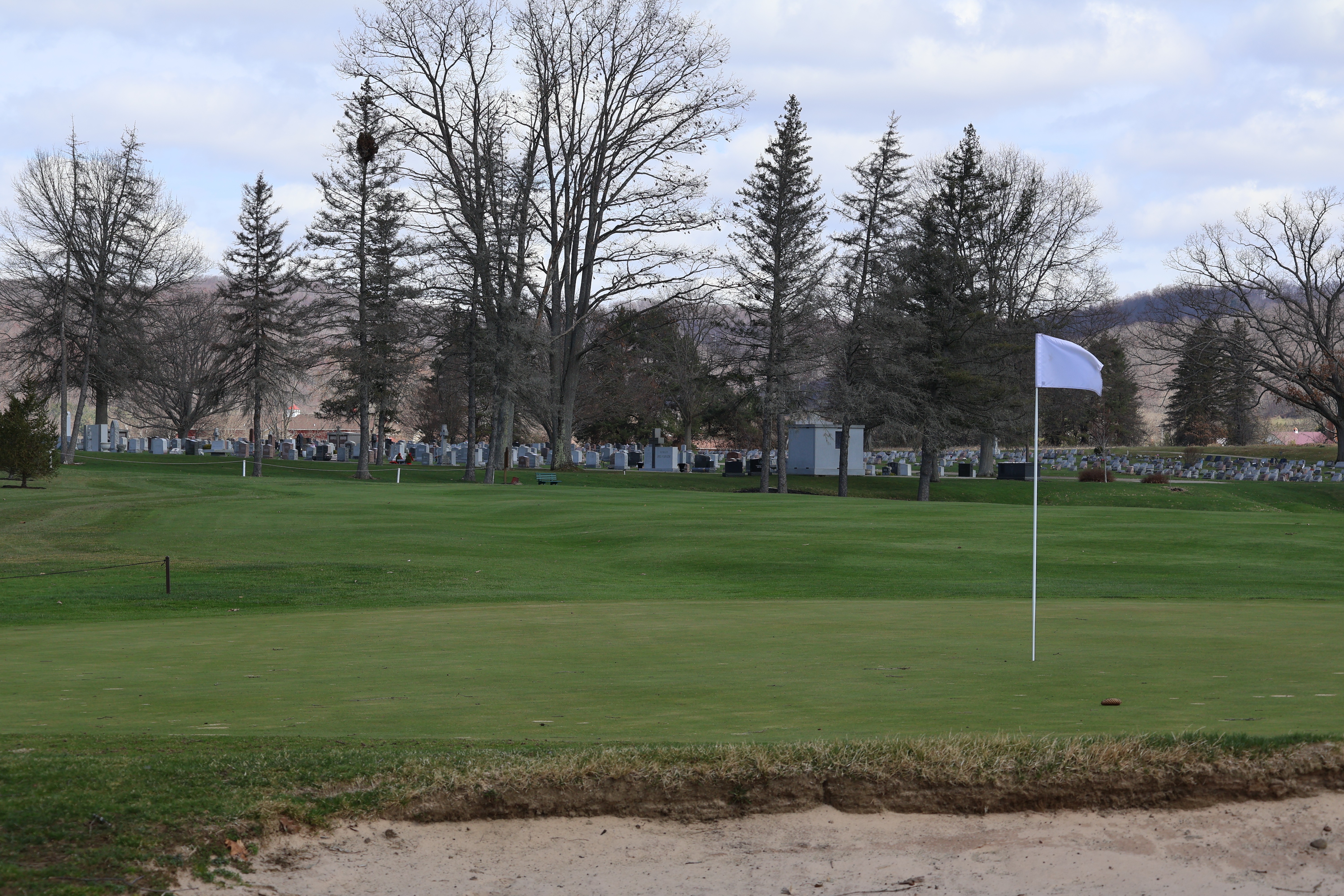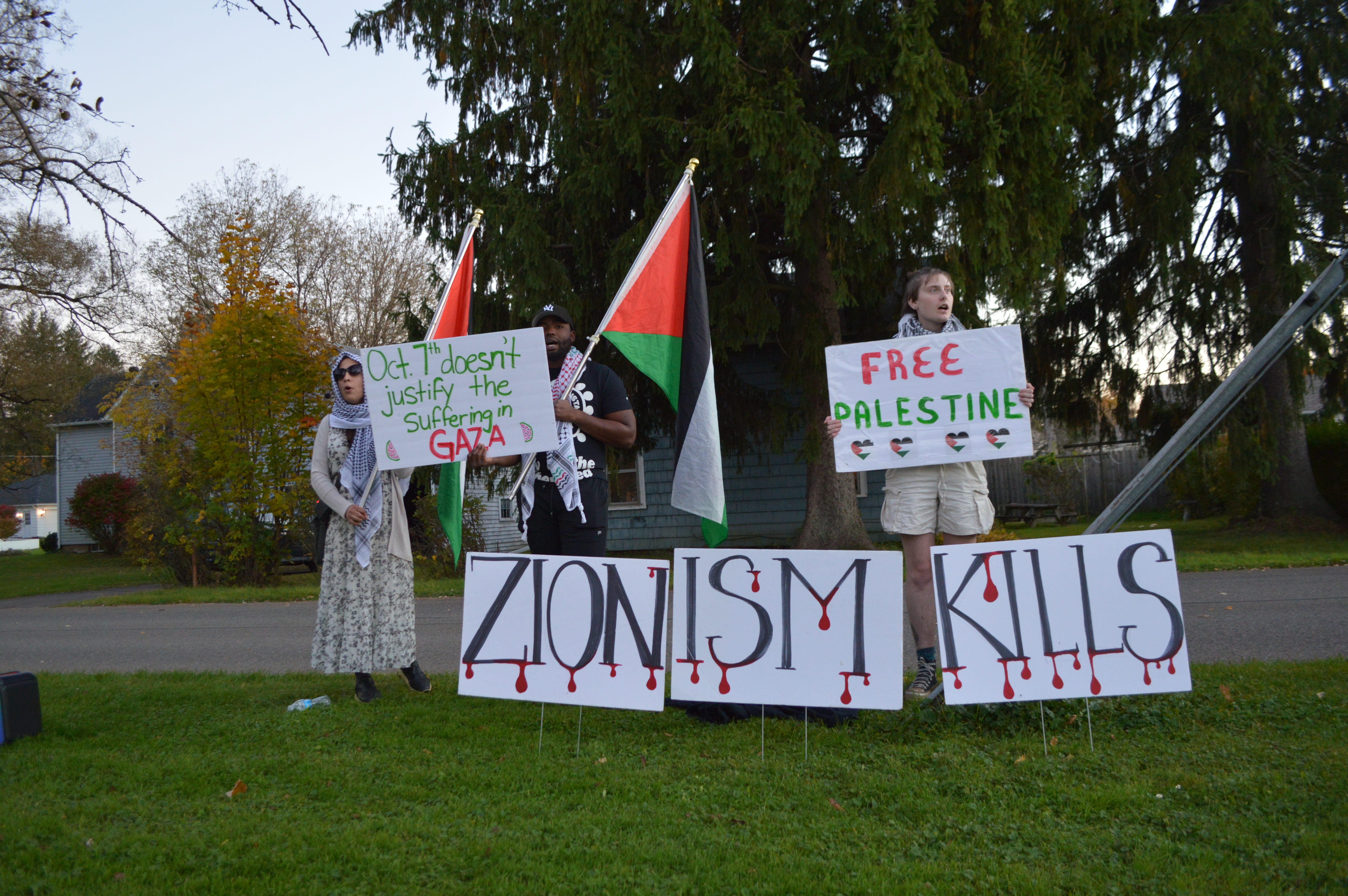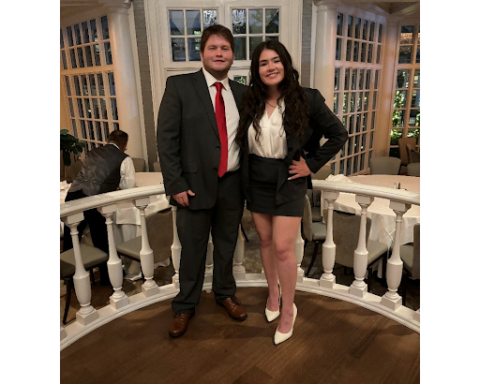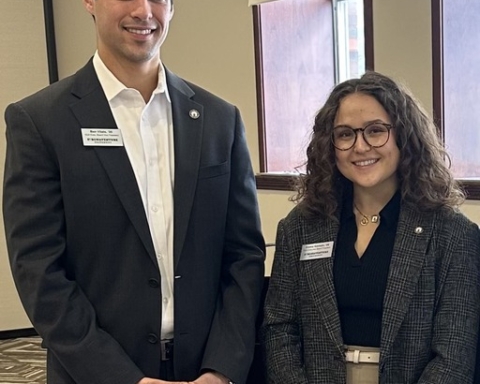We, as a country, are not within a time period where feelings matter over facts, but in a time where facts are reflecting feelings.
As of March 16th, 2016, 217 people have been killed by police officers within the United States, according to The Counted, an ongoing investigation by The Guardian about people killed by police officers in the United States. So far in March alone, 44 people have been killed. February and January had even higher numbers at 89 and 84 respectively. These numbers aren’t surprising, as The Counted also reported that in all of 2015 police killed 1140 American citizens. In March 2015 alone, police killed 114 people.
Last week, Tyler Grudi offered his opinion on police brutality within the United States. Mirroring sentiments held across the country, Grudi articulated his discomfort with the growing criticism surrounding law enforcement. But, despite police shootings of black citizens being down over 70 percent from two to three decades ago, as reported by the Center for Disease Control, African Americans are still suffering disproportionately at the hands of violent police.
Peter Moskos, assistant professor at the John Jay College of Criminal Justice of New York and former Baltimore cop, claimed that, “…whites are 1.7 times more likely than blacks to die at the hands of police.” This statistic comes from his findings that during May 2013 to April 2015, 49 percent of people killed by law enforcement were white, while 30 percent were black. But, Moskos also claims in the same article on his blog “Cop in the Hood”, that “Still, per capita, blacks are 3.5 times more likely than white men to die at the hands of police.” Moskos also points out to his readers that “…the homicide rate for the entire country of Canada is 1.6. So a homicide rate of 1.3 for black men just killed by police is very high.”
The isolated claim that whites are 1.7 times more likely than blacks to be killed at the hands of police comes from Moskos adjusting for a disparity among black-to-white homicides (6:1 per capita).
But, the impact of that number changes when taking into account the sheer population difference between African Americans and whites in the United States. According to the United States Census Bureau in July of 2014, 77.4 percent of the U.S. population was white. At the same time, 13.2 percent of the population was African American.
Adjusting for this disparity, and as reported by the Center on Juvenile and Criminal Justice, law enforcement kills African Americans at 2.8 times the rate of white non-Latinos.
The Center on Juvenile and Criminal Justice also found African Americans are involved in 26 percent of police shootings, which is entirely disproportionate for their presence in the population. The Center for Disease Control and the National Center for Health Statistics echo this sentiment, stating that the group most likely to be killed by law enforcement are African Americans aged 20-24.
According to the most recent accounts of justifiable homicide recounted to the FBI and reported by USAToday, a white police officer killed a black person almost 2 times a week in the United States within a 7 year time period ending in 2012. Of those black people killed, 18 percent were under 21 years of age, compared to 8.7 percent of white victims.
But, these numbers are often disputed, as the killings are self-reported to the FBI by the law enforcement agencies themselves, and unjustified homicides are occasionally mislabeled. Plus, of the 17,000 law enforcement agencies in the US, only 750 have opted to report. The statistics may be better or worse depending on if more information was provided, but the hesitance of agencies to participate raises a flag of concern.
In a country that appreciates attempts at transparency in our government institutions, why isn’t there more demand for more accurate data measurements from law enforcement?
In a report by The Washington Post, it was found that “in three-quarters of the fatal shootings, police were under attack or defending someone who was.” While this statistic may shock (and even impress,) some, the question that should be asked is of the other quarter.
According to The Counted, of the 464 people killed by police from January to July 2015, 102 were unarmed. That means that about 21.9 percent of victims were unarmed, or nearly a fourth.
According to the same database, which analyzes public record and local news reports, 32 percent of black people killed by police during that time were unarmed, a figure that’s doubled in comparison to the fact that only 15 percent of white people killed by police were unarmed.
This controversial idea was discussed on ABC’s family sitcom, “Black-ish” in an episode on police brutality, referenced by Grudi in his article last week. African American mother Dr. Rainbow “Bow” Johnson responded to a similar statistic brought up by her daughter, “Okay, obviously I am anti-police brutality, but that doesn’t mean I have to be anti-the-police! Look, 25 percent of these suspects are unarmed, which is horrible. But that means that 75 percent of them were armed. The police have to deal with that every day.”
Her son responded in the way American people are starting to, reminding Bow that “I guess what you’re saying makes sense, but isn’t that their job, Mom? I mean if you killed one out of every four of your patients, wouldn’t that make you a pretty bad doctor?”
People are beginning to question police, and as they do this, many turn instead to more comfortable accusations of black communities instead.
The argument, which harnesses the power of caricatures of African Americans as “thugs” prone to violence, often parrots a statistic brought to the forefront by former New York Mayor Rudolph Giuliani that 93 percent of blacks in America are killed by other blacks.
But, the reality is that this percentage is a collection of the numbers from 1980 through 2008 by the US Department of Justice, a time period during which the department found 84 percent of white victims were killed by other white perpetrators as well.
More recent numbers within the FBI’s annual Crime in the United States Report state that the percentage of blacks murdered by blacks in 2013 was actually 90 percent, a difference of 3 percent. They also continuously fail to mention that the percentage of whites murdered by whites as reported by the FBI in 2013 is similarly high at 83 percent. But, this is often overlooked by those who instead seek to make a negative comment about the behavior of black communities.
The reason why these statistics are repeated without being looked at critically is because the problem of police brutality has nothing to do with respect, and everything to do with racism.
As the proud granddaughter of a Navy chief, and coming from a military family, I have seen firsthand the sacrifices made by individuals for my freedom as an American citizen. This freedom includes my right to question the nature, behavior, and conduct of American institutions. The issue of police brutality is not one of respect for law enforcement, but of a profoundly deep-seated and institutionalized racism within the United States.
We are not within a time period where feelings matter over facts, but in a time where the facts are reflecting the feelings.
When police brutality is discussed it is not aiming to personally attack police officers, but to question the institution that exists without retribution. The lack of transparency, the covered-up mistakes, the victim blaming and the problematic behavior of our law enforcement agencies are topics that desperately call for national attention.
When “Black-ish” turned its attention to race related police brutality, one of the first sentiments of the episode, made by Earl “Pops” Johnson, is “Because the police are damn thugs.” This statement is met with the groans and eye-rolls of younger cast members, and the immediate retaliation of “Not all police,” by Bow.
The true meaning of the episode aired February 24th, 2016 entitled “Hope,” was to make an attempt at articulating shared feelings of inequality and fear across the nation. Later in the episode Bow’s husband, Andre Johnson, sums up this sentiment in relation to President Obama’s inauguration.
“…We were so proud. And we saw him get out of that limo, and walk alongside of it and wave to that crowd. Tell me you weren’t terrified when you saw that. Tell me you weren’t worried that someone was gonna’ snatch that hope away from us like they always do.”
For African Americans across the country, the issue of police brutality isn’t a false narrative or statistical insignificance. For their communities, their children, and their selves, it’s a stark and racist reality. We, as a country, need to have the respect to acknowledge the problem and work towards hope.
Juliette Bauer is a contributing writer for the Bona Venture, her email is bauerjr14@bonaventure.edu






